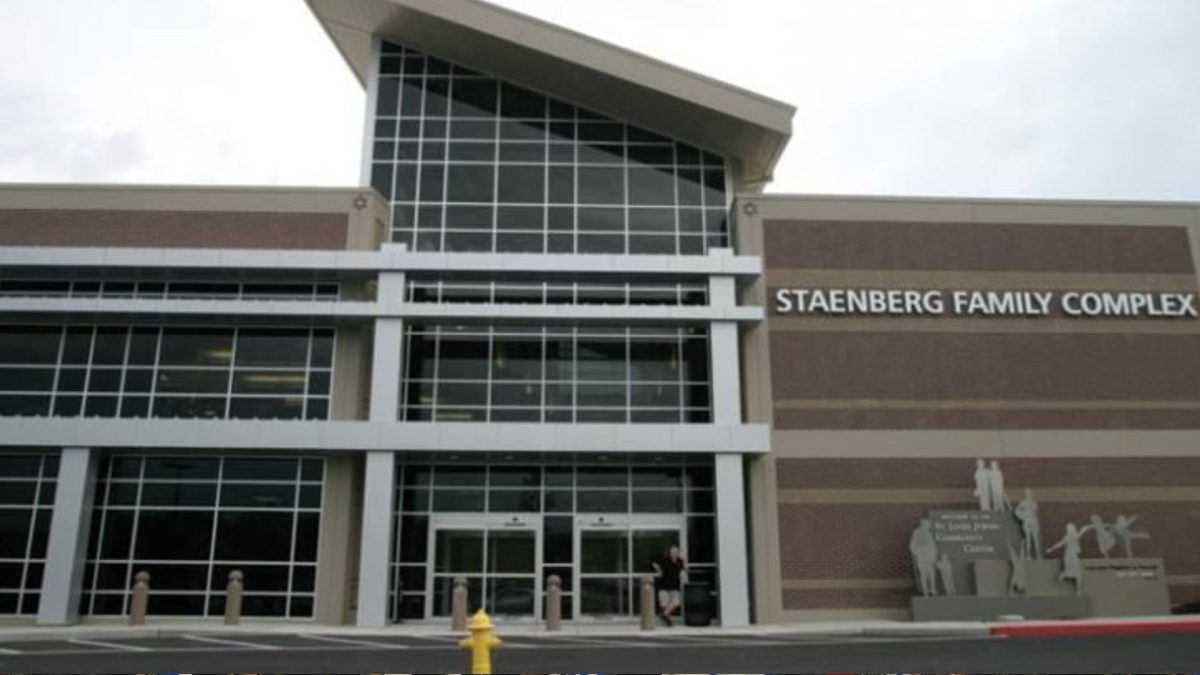No historical equivalent
I was surprised to see that the St. Louis Kaplan Feldman Holocaust Museum is hosting a program called “The American Dream Deferred: One Family’s Incarceration During WWII + Holocaust Museum Tour,” which is sponsored by the Jewish Asian American Dialogue Group, a program of the Newmark Institute at the Jewish Community Relations Council. My initial reaction upon seeing the advertisement for this program was that the museum was suggesting an equivalence between the experience of Japanese nationals and Japanese-Americans who were incarcerated in the U.S. during WWII and the Jews who suffered under Nazi occupation.
I understand that the museum strives to offer “education programs and initiatives that promote justice and equality” (per the museum’s website). Clearly, it is important to recognize suffering and hardships experienced by other ethnic groups. However, it is disingenuous to compare the imprisonment of Japanese-Americans in camps during WWII with the horrors of the Holocaust. Approximately 120,000 Japanese were interned in 10 camps in several states. But they were allowed to work, were paid small sums for their work, and were set free after the war ended. Less than 2% of them died during the camp experience, all from natural causes. It is horrible that the U.S. government did this to them in response to fears that Japanese spies in the U.S. had helped in the attack on Pearl Harbor. Yet it is worse for anyone to suggest that their story resembles the worst crimes in the history of the world.
ADVERTISEMENT
The Holocaust was unique in that the Nazis developed a genocidal plan to exterminate all of the Jewish people worldwide, called “The Final Solution,” and were successful in murdering 6 million Jews, two-thirds of Europe’s Jewish population and almost half of the world’s Jewish population. To imply that the experiences of Japanese who were interned in the U.S. in WWII were similar is to dishonor the memory of those who were murdered during the Holocaust.
Galit Lev-Harir
Wildwood





